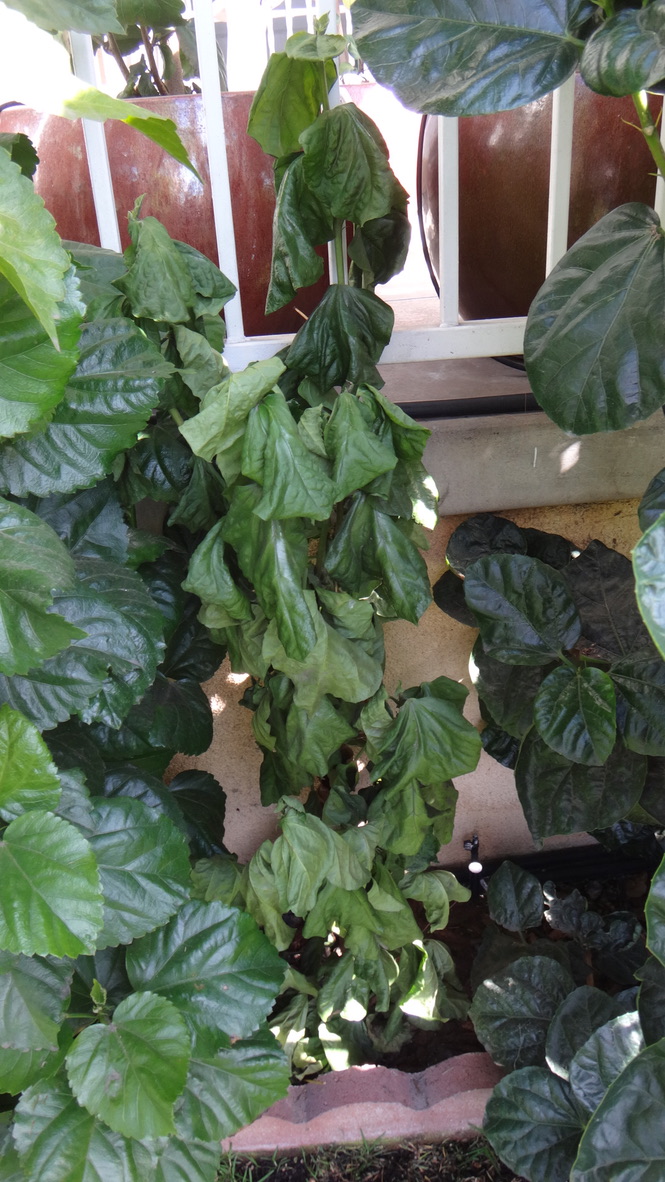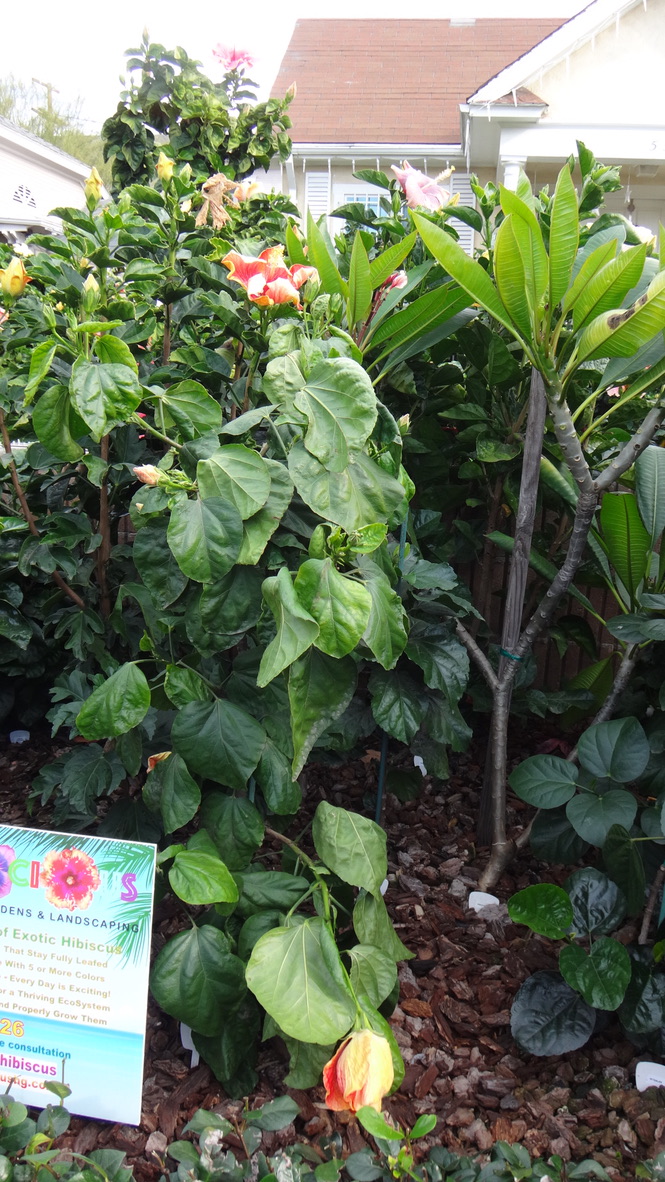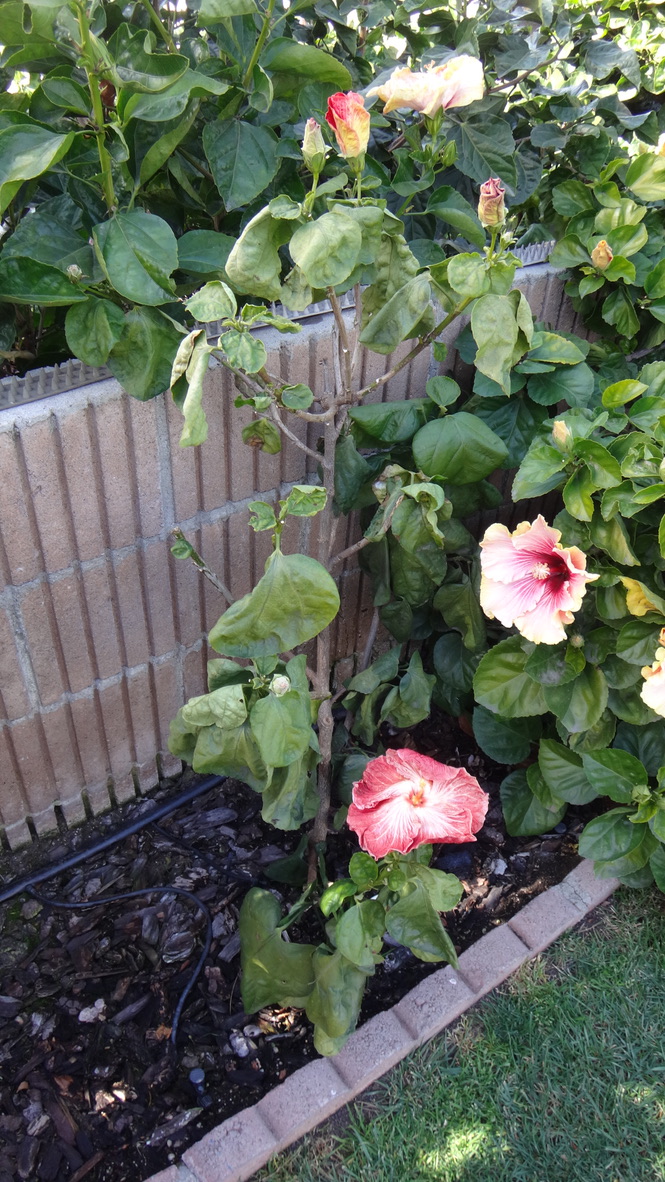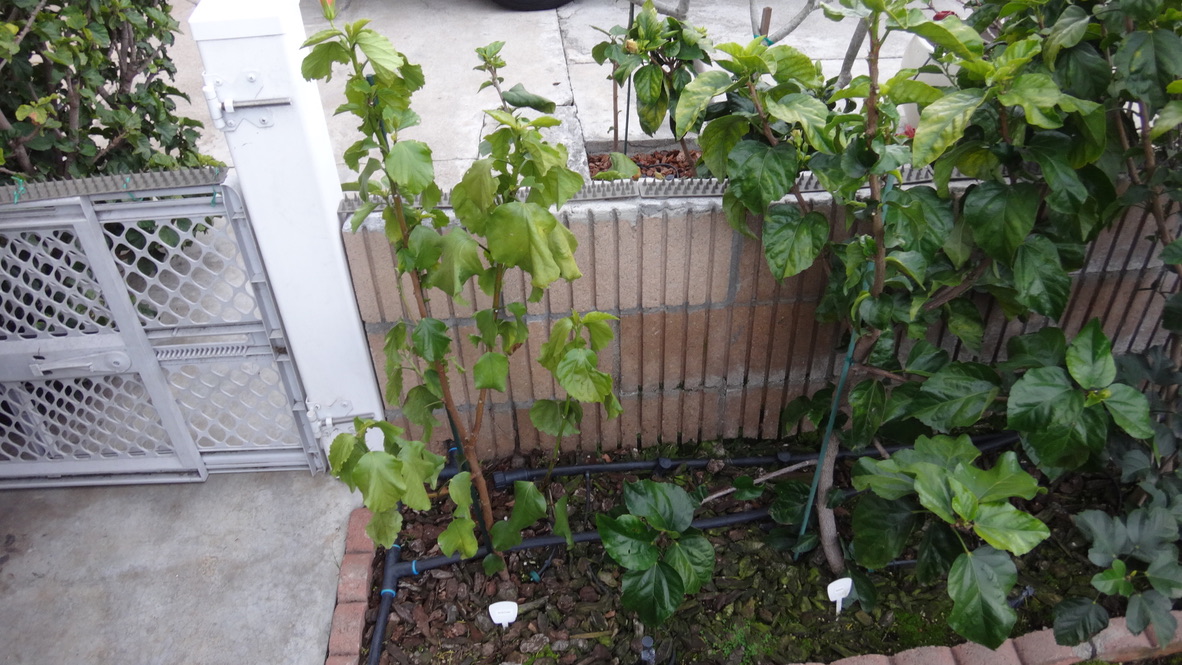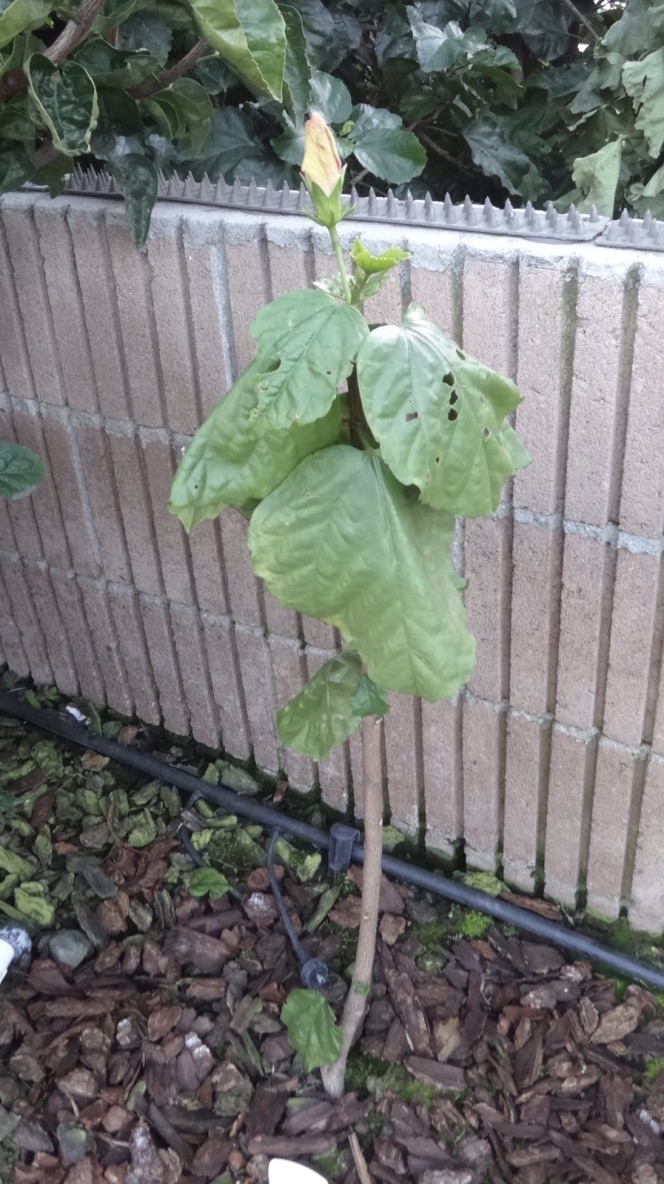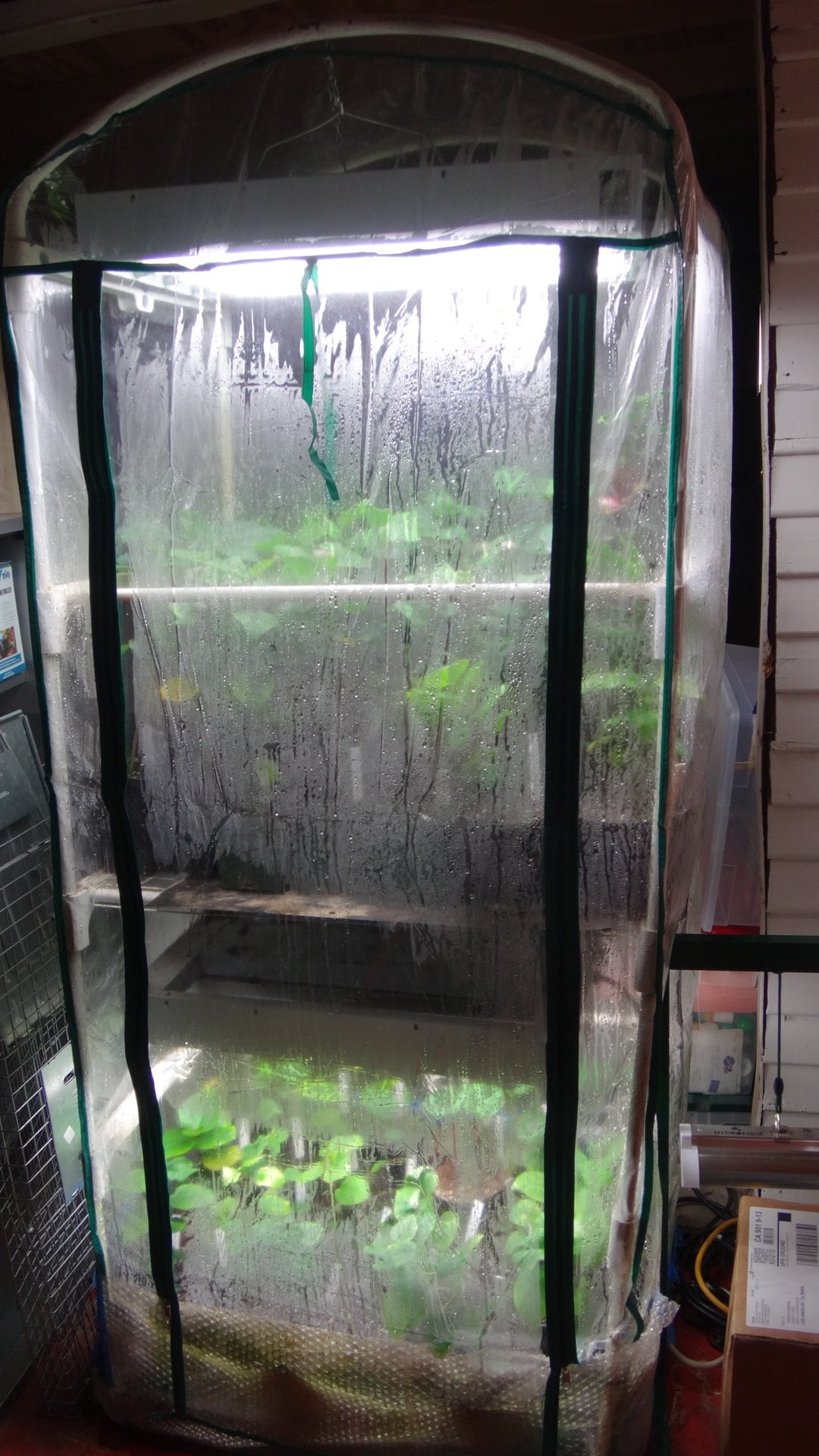Cold Shock – Wilted Plants
Ever see a plant that looks like this and the day before it was fine?
This is known as cold shock and it occurs when your hibiscus plant reaches a point where it can no longer tolerate the weather and/or the soil conditions. It is a systemic shut down by your hibiscus plant as it can no longer support it’s normal daily functions. In order to try and survive it will shut down all growing actions completely and go dormant. It is a scary sight to see and the worst part is about half will never wake up again and die.
What you need to do as a grower is two things. First is to remove all the wilted leaves. Do this gently with a pruning shear as they are most likely still soft and will not easily snap off the branches so cutting is necessary. The second thing you will want to do is make sure the soil does not get any additional water. Without leaves your hibiscus plant has no way to transpire water now so the moisture in the soil will stay there and not be pulled up from the roots. If you have saturated or really wet soil it might be a good idea to give the soil as much open air as possible so it can dry out enough so it is just moist. This goes a long way in preventing root rot from setting in. If your plant is in a pot you should move it to a location that is more protected but gets much more heat especially in the mornings.
We have found that here in Southern California this commonly happens in February after your hibiscus plants have had to endure three months of winter weather and the cumulative effect has pushed some of your plants past the tipping point. It typically occurs with small and medium sized plants that have not yet established strong and rigorous root systems. It happens to the best of us and aside from closely monitoring the soil conditions the only other thing you can do is take note of the location of the plant that has wilted. Many times it will be in a shady location that doesn’t get morning sunlight and a quick heat bounce back from those cold winter nights. Once night temperatures get under 50F for more than a week or two this will start to be a possibility and certain spots might be problematic each year. Also if you have other plants or trees that create a lot of shade you might want to cut them back to give that spot much more sunlight.
What you will want to look for after you have taken the necessary steps to remove all wilted leaves and keep the ground from being too wet is to observe the branch ends. If they start to shrivel up that is a bad sign that there are major issues under the soil with the roots. This means your hibiscus plant was not able to stabilize it’s state of decline and place itself into a holding pattern waiting for much better conditions so it can wake up. If you see the branches continue to shrivel up and it works it’s way down this usually means your hibiscus won’t make it. On the other hand if the branches stay fresh and do not show signs of shriveling then there is a good chance it will wake up later in the year. You will be surprised how long this process can take. Typically we see dormant plants that experienced cold shock and hibernation to wake up in late June or July as that is when So Cal usually starts to get our first summer weather. They need a lot of heat to get going again. One of the hardest things is having patience to wait 3-4 months for them to finally wake up. And when they do you need to very gradually water them. You definitely want to feed them with each watering but you need to do it in proportion to the size of the leaves. So if you have baby little leaves just peaking out you need to water just a little bit. As the leaves grow in size you increase the amount of water to their size. If we get unexpected hot weather for several days just keep that soil moist. They can easily get overwatered and lose their leaves quickly and now you are back into the same situation again. It is a delicate time for them and requires a gentle touch and an approach with lots of finesse.
If you have the space and time you can even build a mini greenhouse to house any potted plants during the cold months. Many that experience cold shock and are immediately placed in a space that provides optimal conditions will bounce back right away. Remember that bringing them inside a house or garage is not enough as the air needs to be humid as well as warm. Hibiscus plants hate changes to their inputs and this will give them added stress to the enormous load of stress they are already are under from the systemic wilt. Creating an optimal over wintering space might be a lot more simple than you think it is. Here is one example of a way to get creative that doesn’t take up much space and is effective:
